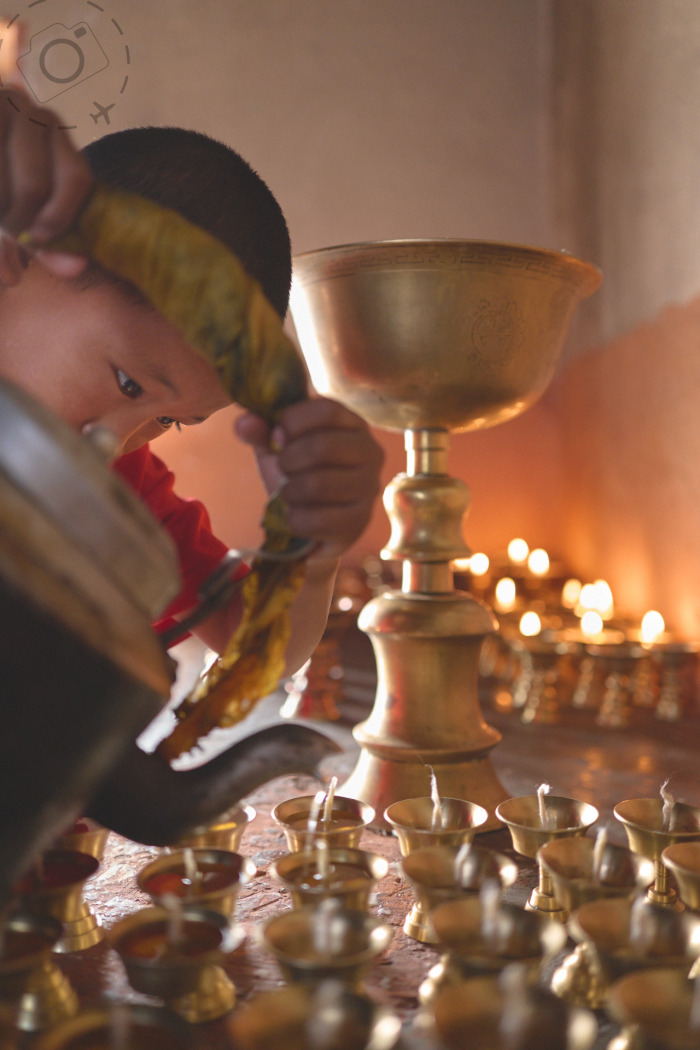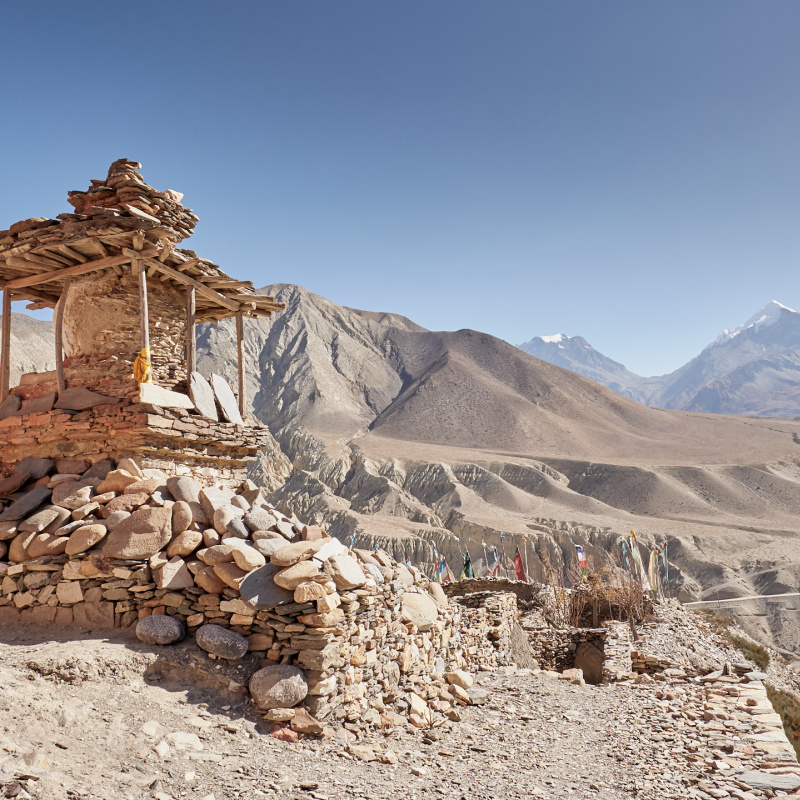





Do It Daily
My recent journey through Nepal, I shot about 10,000 frames in space of five weeks, but I deleted most of them. In a perfect world, I would be deleting them the same day that I capture them. And there's several reasons for this. Firstly, I just need the hard drive space back. I don't wanna keep buying bigger and bigger hard drives.
So the answer is to only keep the images that I actually need. When you're shooting for National Geographic, the rules are a little different because they want a perfect copy of every frame, off every camera. They need to have confidence that each RAW file you deliver is genuine. And that unbroken series of each and every shot becomes part of the record. Each image is like a link in the chain. It becomes proof of validity for the few frames that really matter.
But I'm not shooting for Nat Geo here in Nepal. I'm not even shooting for a magazine on this particular journey. I'm taking photos for me. And the last thing I need is to clog up my hard drives with a couple of terabytes every single time I go to the Himalayas.
See What You Did
Another reason I try to edit my photos every night is because I wanna see what I did that day. Good or bad. I often tell people that if you're looking for how to take better photos, then the answers are probably already on your hard drive. Looking through those images and getting to know your flaws is such a wonderful use of your time.
Maybe stop looking so hard at the ones you do like, and start thinking about what you didn't like about the others. What do you want to change? What is missing from those files? What didn't happen today? What can you do differently tomorrow?
Deleting files and processing files are closely connected for me. It's usually a good idea to apply some level of processing to my images before deciding if I actually want to delete it. I've seen so many lovely images turn up on my workshops that our companions were actually about to delete. And until you give it a little bit of attention, you might not see the potential that's really there.
The RAW file maybe was too dark or too contrasty or full of hot and cold light, but with a few gradients and the application of sliders, often a more refined and pleasing image can emerge – something that better reflects your creative intention from that moment of capture. The goal is to delete the bad ones, not the good ones.
Goodness
Deleting the bad images also gives you more time to focus on editing the good ones.
I do like to come back to my images over time and fine tune the treatments that I'm giving them. I don't assume that I got the editing right the first time I looked it over. At the start of a trip, I haven't always gathered up a clear direction for what my processing is gonna be. So after a week or so, I might feel differently about how to process some of those earlier captures.
So it's good to sit with them until you feel confident. Some folks will object to the idea of deleting images at all, let alone on the same day that you took them. Committing yourself to letting go of those images is however, a powerful way to committing yourself to taking better photos in future. The two are connected.
Indeed, everything you learn about processing the files can change how you go about capturing images in the first place. There is a dance between these two as you gain more skills in editing. You gain confidence to capture images in a wider range of light, or just to push your camera a little harder, or reach a little further, to find your own voice with photography in general.
Potential
Processing is not about getting it right. It's about deciding which creative direction you want to take your photography. You have options.
The RAW file is just one expression of the moment. And sitting deep within the layers exist many other potential expressions. They're waiting for you to pull back the curtains and explore. Processing is about expression. Photography is about expression. It's always about your intention as a photographer from your choice of lens to choosing who to point the camera at. Your choice of editing is a part of that expression too. It's part of the potential for an image to shine.
The time you spend rummaging through and editing your images is really valuable time. It's time well spent. And I say it's half the job, but maybe it can be more than half the job. Perhaps it depends on how much you think the image is worth. Photography offers a chance for expression, something beyond just taking a photo.
– Ewen

Keep Reading
Join Ewen's newsletter for monthly updates on new photography articles and tour offers...Subscribe Here










